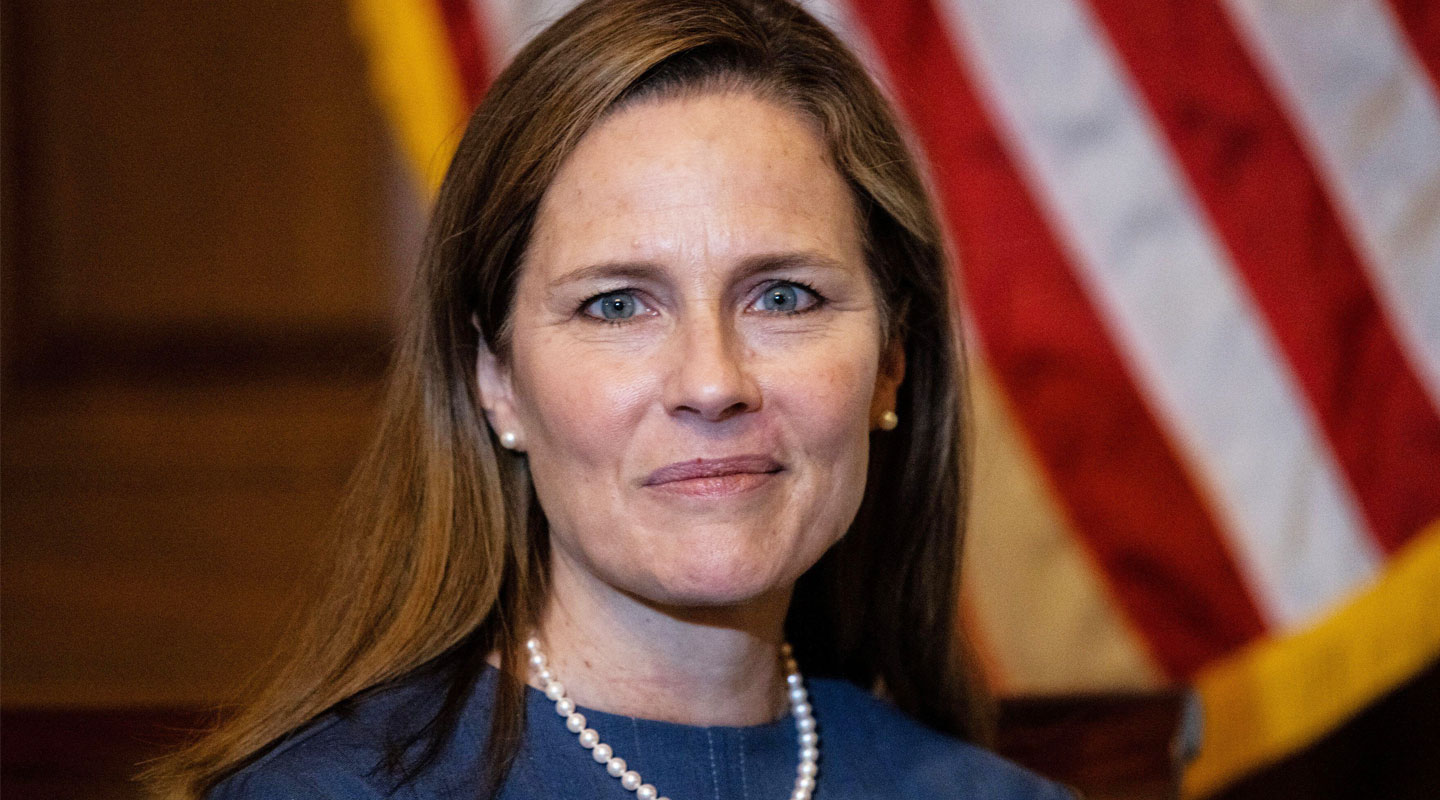The Senate has voted to confirm a new justice to the U.S. Supreme Court. Amy Coney Barrett, a federal judge from Indiana, will take her seat on the nation’s highest court immediately.
Coney Barrett is filling the vacancy created by the death of Ruth Bader Ginsburg, who passed away in September at age 87. As one of the Court’s liberal members, Ginsburg was a champion of progressive causes.
Although many Americans, including former Vice President Joe Biden, the Democrats’ nominee for president, said Ginsburg’s successor should have been chosen by the winner of November’s presidential election, many Republicans, including President Donald Trump, moved quickly to fill her seat.
Coney Barrett is a conservative judge. Her presence on the Court will have a major impact on how the justices rule on cases they decide to hear. Here’s what you need to know about the nation’s top court—and its newest member.

